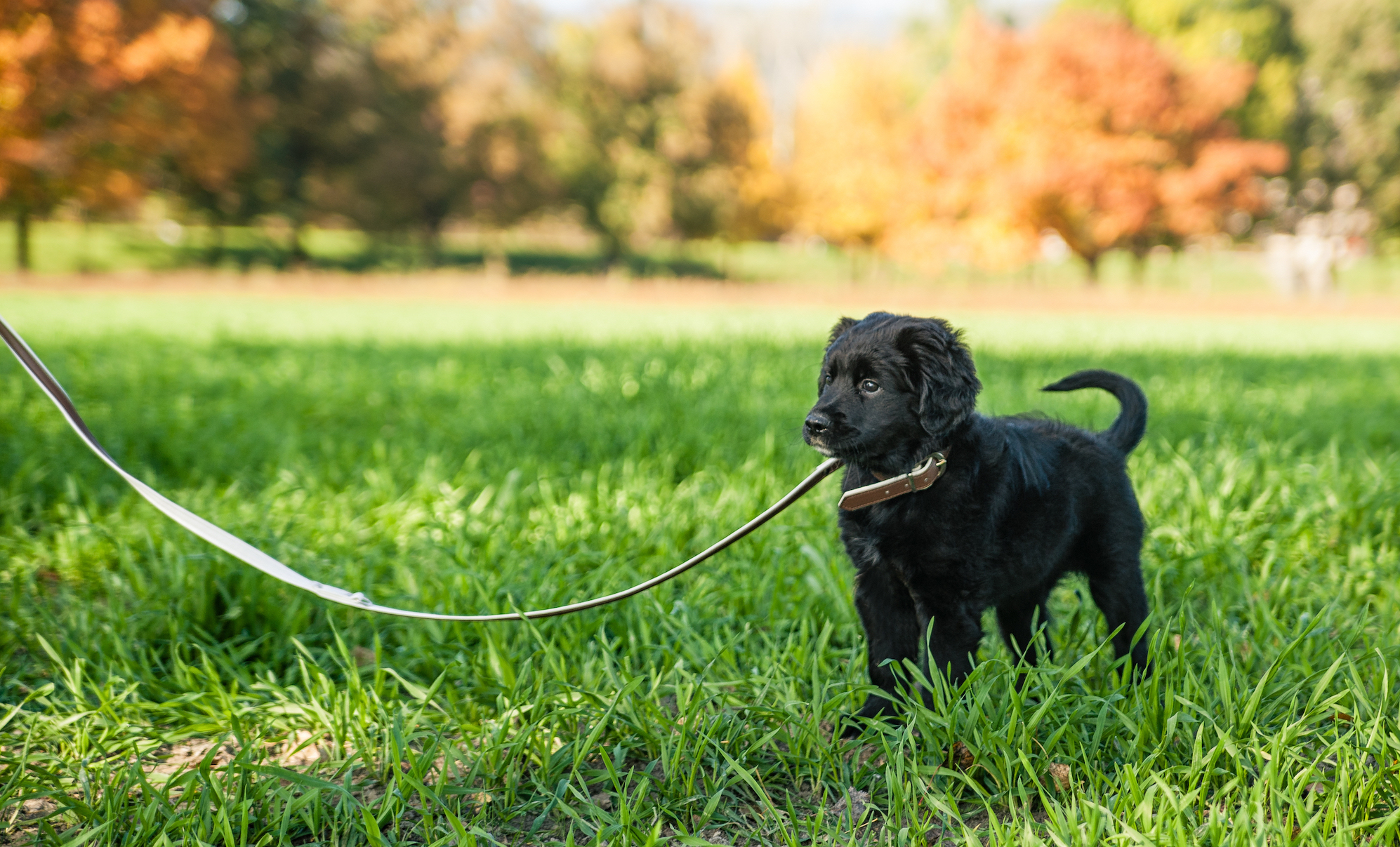Introduction: The Importance of Leash Training for Puppies
Leash training is an essential skill for puppies to learn early on. Not only does it ensure their safety and the safety of others while out on walks, but it also strengthens the bond between you and your furry companion. In this comprehensive guide, we’ll explore effective strategies to help you train your puppy to walk on a leash with confidence and ease.
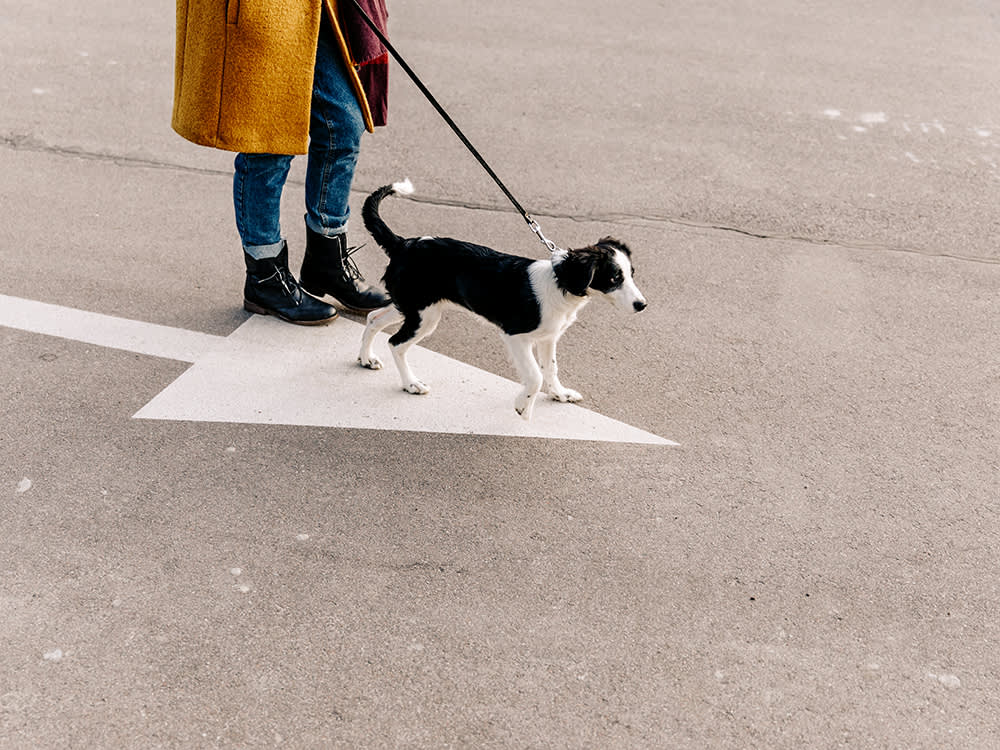
Understanding Your Puppy’s Behavior
Before diving into leash training, it’s important to understand your puppy’s behavior and how they perceive the world around them. Puppies are naturally curious and easily distracted, so it’s essential to be patient and consistent during the training process. Keep in mind that each puppy is unique, and training methods may need to be adjusted based on their individual temperament and personality.
Building Positive Associations
One of the key principles of leash training is to create positive associations with the leash and walking experience. Start by introducing your puppy to the leash indoors in a calm and comfortable environment. Allow them to sniff and investigate the leash at their own pace, and reward them with treats and praise for showing curiosity and interest.
Desensitization to the Leash
Some puppies may initially resist wearing a leash or become anxious when it’s attached to their collar. To help desensitize your puppy to the leash, gradually introduce it during short, positive training sessions. Begin by attaching the leash to their collar for brief periods while they’re engaged in a favorite activity or receiving treats. Gradually increase the duration over time as your puppy becomes more comfortable with wearing the leash.
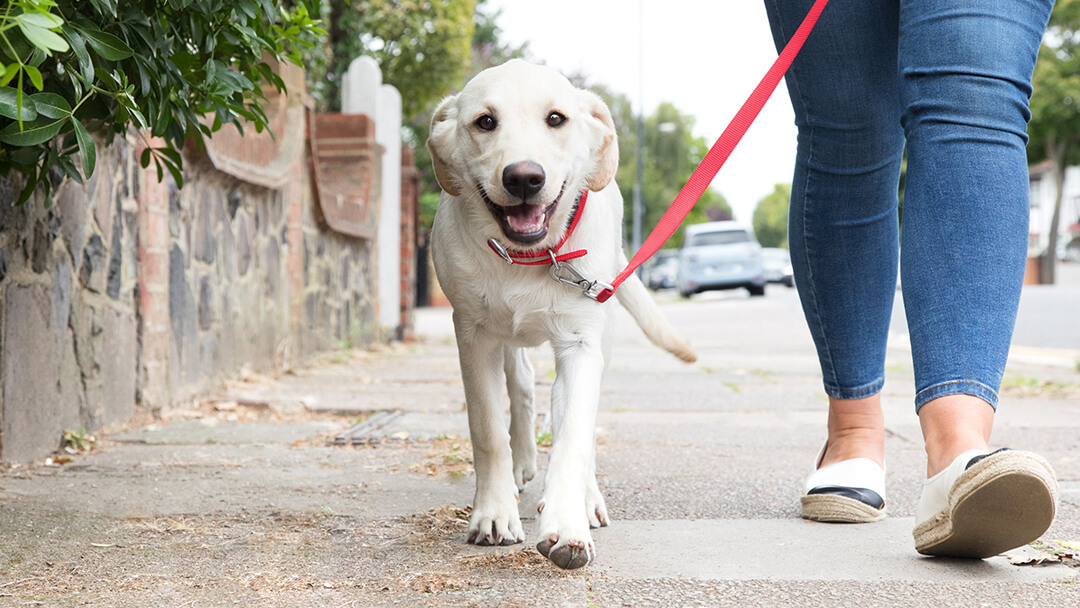
Introducing Loose Leash Walking
Once your puppy is comfortable wearing the leash, it’s time to start teaching them how to walk on a loose leash. Begin indoors or in a quiet outdoor area with minimal distractions. Hold the leash loosely and encourage your puppy to walk beside you using verbal cues and gentle guidance. Reward them with treats and praise for walking calmly by your side and avoiding pulling on the leash.
Using Positive Reinforcement Techniques
Positive reinforcement is a powerful tool for encouraging desired behaviors during leash training. Whenever your puppy walks calmly on a loose leash or responds to your cues, be sure to reward them with treats, praise, or a favorite toy. Consistency is key, so be sure to reinforce good behavior consistently throughout the training process.
Managing Pulling Behaviors
It’s natural for puppies to pull on the leash, especially when they’re excited or curious about their surroundings. To address pulling behaviors, use gentle redirection techniques such as stopping in place or changing direction when your puppy begins to pull. Avoid yanking or jerking on the leash, as this can cause discomfort and damage the bond of trust between you and your puppy.
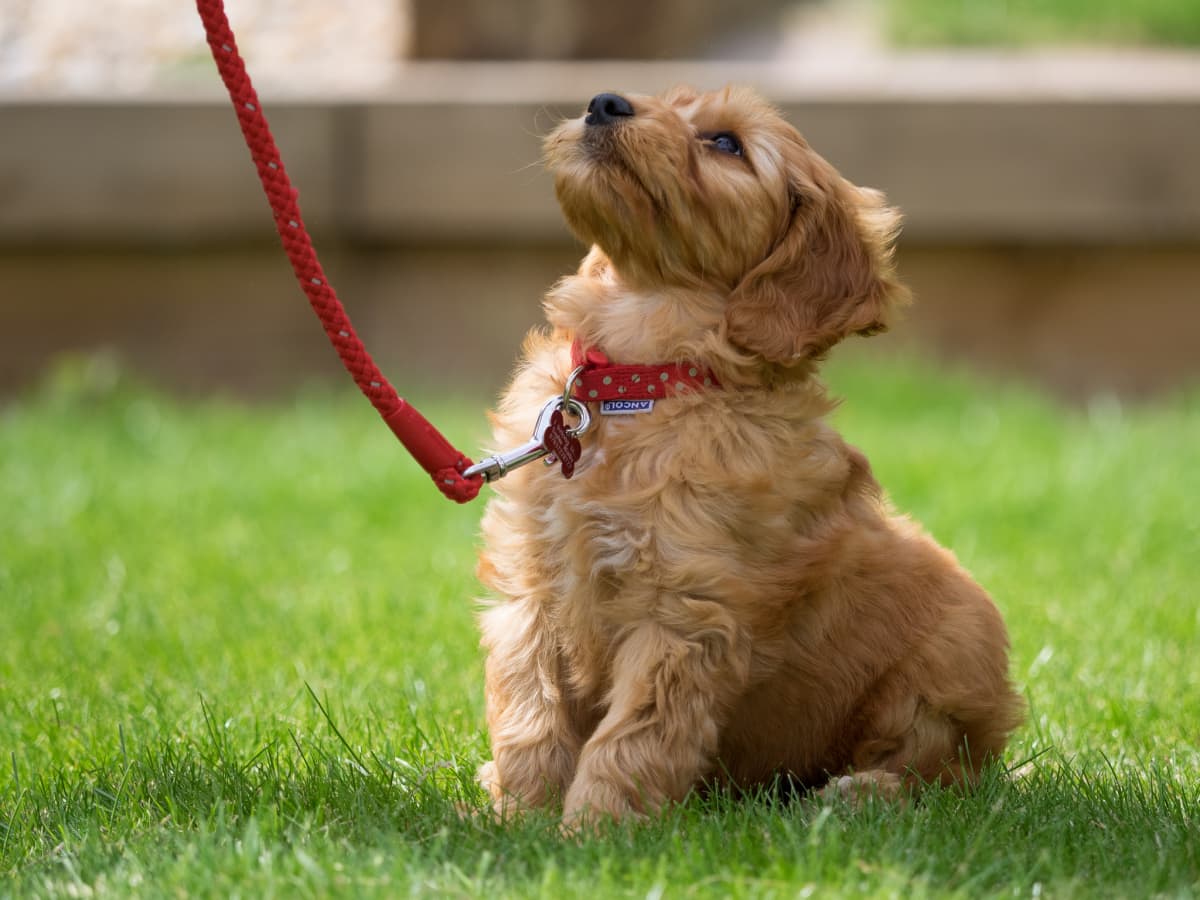
Practicing Patience and Persistence
Leash training takes time and patience, so it’s important to be consistent and persistent in your efforts. Remember that progress may be slow at first, but with continued practice and positive reinforcement, your puppy will learn to walk on a leash with confidence and obedience.
Gradually Increasing Distractions
As your puppy becomes more comfortable with leash walking, gradually introduce distractions such as other dogs, people, and environmental stimuli. Start in a controlled environment with minimal distractions and gradually increase the level of difficulty as your puppy’s skills improve. Be patient and supportive, and always prioritize your puppy’s safety and well-being during training sessions.
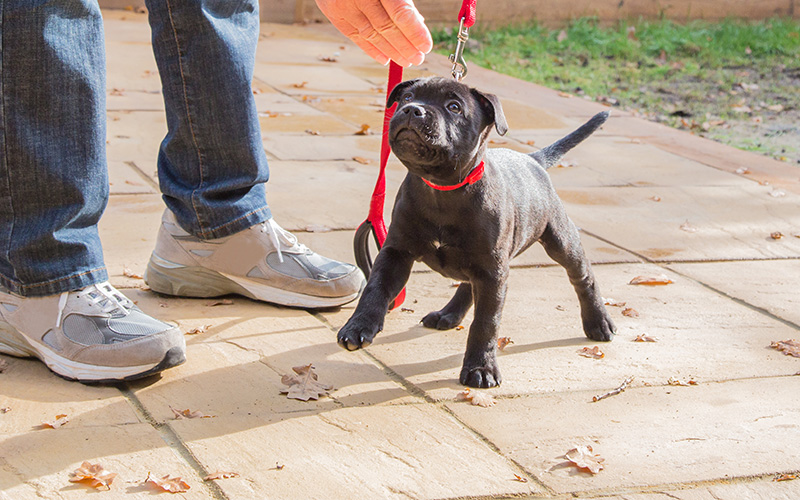
Troubleshooting Common Challenges
Despite your best efforts, you may encounter some challenges along the way during leash training. Here are some common issues and strategies to address them:
1. Pulling on the Leash: If your puppy continues to pull on the leash despite your redirection efforts, try using a front-clip harness or head halter to discourage pulling. These tools provide gentle guidance and can help redirect your puppy’s attention back to you.
2. Fear or Anxiety: Some puppies may exhibit fear or anxiety when walking on a leash, especially if they’ve had negative experiences in the past. To help build their confidence, start with short, positive training sessions in a familiar and safe environment. Gradually expose them to new sights, sounds, and experiences at their own pace, and be sure to offer plenty of reassurance and support along the way.
3. Distraction and Excitement: If your puppy becomes overly excited or distracted during walks, try to minimize distractions and focus their attention on you using high-value treats or toys. Practice basic obedience commands such as “sit” or “watch me” to redirect their focus and reinforce good behavior.
4. Regression in Training: It’s not uncommon for puppies to experience regression in their training progress from time to time. This could be due to changes in their environment, routine, or developmental stages. If you notice regression in leash training, go back to basics and reinforce fundamental skills through consistent practice and positive reinforcement.
5. Consistency Across Handlers: If multiple family members or caregivers are involved in leashs training, ensure consistency in training methods and expectations. Agree on a set of training cues and commands, as well as reward systems, to prevent confusion and maintain consistency in your puppy’s learning process.
Celebrating Milestones and Progress
Throughout the leashs training journey, it’s important to celebrate milestones and progress, no matter how small. Whether your puppy successfully walks on a loose leashs for the first time or responds to a new cue, acknowledge their achievements with praise, treats, and affection. Positive reinforcement not only reinforces desired behaviors but also strengthens the bond between you and your puppy.
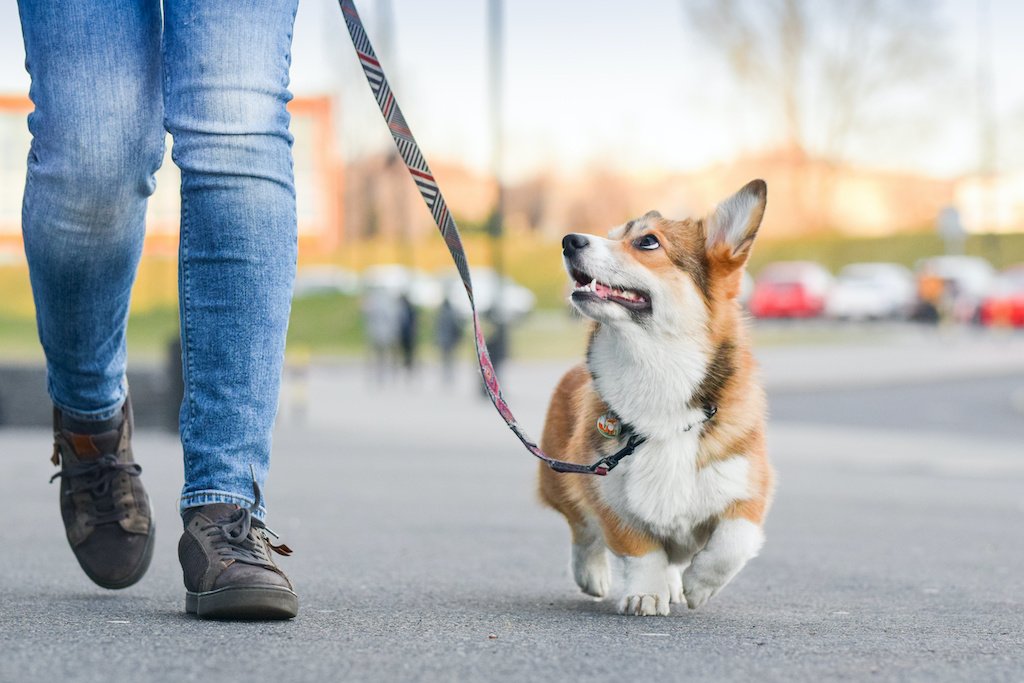
Seeking Professional Guidance
If you encounter persistent challenges or behavioral issues during leashs training, don’t hesitate to seek professional guidance from a certified dog trainer or behaviorist. They can provide personalized advice and support tailored to your puppy’s specific needs and circumstances, helping you overcome obstacles and achieve success in leashs training.
Conclusion: Enjoying Quality Time Outdoors
With dedication and consistency, leashs training can be a rewarding experience for both you and your puppy. By using positive reinforcement techniques and understanding your puppy’s unique needs and behaviors, you can help them develop into a confident and well-behaved walking companion. So grab your leashs, lace up your shoes, and enjoy quality time outdoors with your furry friend by your side.






